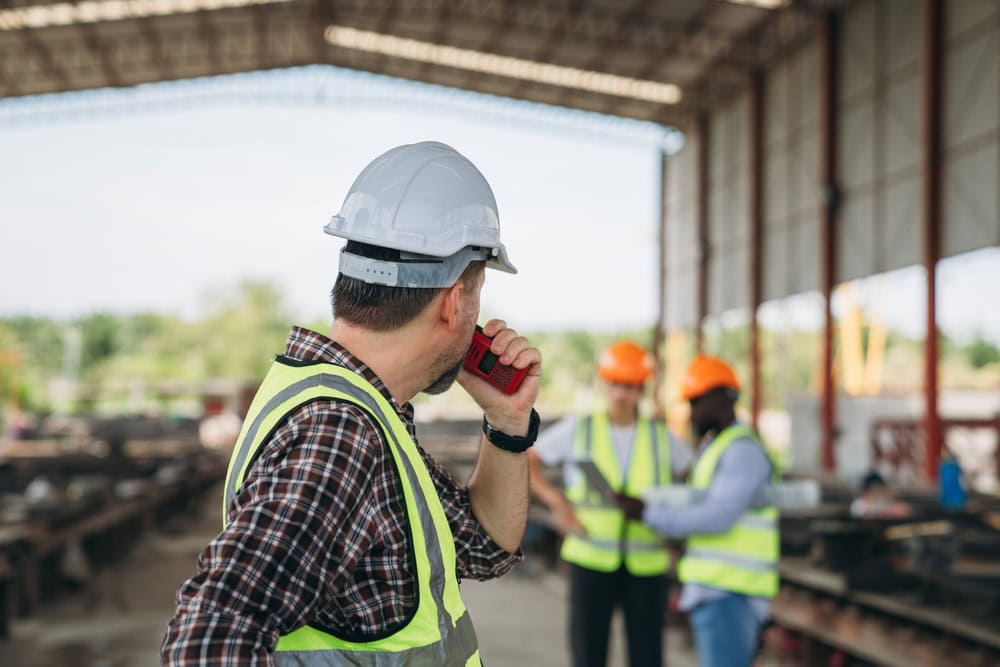Navigating the evolving landscape of California contractor licensing can feel like an overwhelming task, especially as the Contractors State License Board (CSLB) rolls out its significant 2025 updates. For contractors preparing for their license exam, understanding these changes is not only a matter of compliance but can also be the difference between securing work or being left behind. This article breaks down the latest CSLB classifications and licensing updates, weaving in practical examples and actionable advice to help you confidently tackle the road ahead.
Understanding the 2025 Licensing Landscape
The CSLB’s 2025 regulatory changes are among the most substantial seen in recent years. Perhaps the biggest shift is the modernization of licensing requirements. Starting this year, pre-licensing coursework is more robust. Candidates must now complete additional instruction focused on best practices, safety, and California construction law. The exam itself is changing, too: a new hands-on, practical testing component ensures that contractors not only understand theory but can also demonstrate real-world skills. For those in specialty trades like electrical, solar, or plumbing, stricter training requirements and skills assessments mean you’ll need to document advanced proficiency with the latest industry tools and standards before applying for a classification.
A practical example: Let’s say you’re applying for a C-10 Electrical classification. You’ll need to provide evidence not just of class hours and apprenticeship but also hands-on experience with solar integration or smart systems, reflecting market trends and consumer demand. These measures are designed to ensure that new licensees meet California’s evolving project complexity and safety expectations.
Updated Experience Verification and Application Processes
A critical change in the new system is how experience is documented and verified. Now, all contractors must submit thorough evidence, including project portfolios, letters of reference, and detailed work histories. These submissions will be reviewed under stricter standards aimed at maintaining fairness and consistency for all applicants. Digital transformation is also front and center in 2025, as the CSLB has rolled out mandatory online portals for applications, renewals, and even continuing education tracking.
Here’s a practical tip: Begin compiling your work documentation (photos, contracts, letters, and references) well before you start the application. Use the CSLB’s digital portal to upload and organize these documents, reducing delays or rejections. Not fluent with digital tools? Now’s the time to get comfortable, as the CSLB will no longer accept mailed-in applications for key processes.
Maintaining Compliance: Renewals and Continuing Education
Renewal rules are getting stricter, too. Contractors can expect earlier submission deadlines, increased penalties for lapsed licenses, and, for some classifications, new continuing education requirements focusing on updated codes, safety, and innovations. If your renewal is late, you risk heavier fines and even temporary suspension, blocking you from bidding on projects. Those in fields like HVAC or general building must now complete a set number of continuing education hours during each renewal period.
For example, if you’re a B-General Building contractor, failure to complete a designated safety course or submit your renewal ahead of the new, earlier cutoff could put your license, and your business, on hold. Start tracking your renewal timeline digitally and set reminders for both coursework and paperwork; many contractors are now using third-party services to streamline their compliance tasks.
Accountability and Public Works Pre-Qualifications
Public works projects are tightening pre-qualification standards. As of 2025, only contractors holding the precisely correct classification may bid, making misclassification costly and illegal. Simultaneously, CSLB’s enhanced oversight means that any workmanship complaints resulting in citations now carry a requirement for contractors to reimburse the Board for expert inspection costs. This underscores the need to maintain high-quality work and thorough recordkeeping, from bid to final inspection.
If you’re planning to bid on public projects, cross-check your classification well in advance and seek legal guidance if you’re unsure. Mistakes can mean lost contract opportunities and severe penalties.
Prepare Today for Tomorrow’s Opportunities
Staying ahead of the latest CSLB updates is essential for every California contractor. The 2025 changes such as stricter education requirements, tougher verification standards, digital compliance, and enhanced accountability are designed to elevate professionalism and consumer trust. By approaching these changes with preparation and a willingness to adapt, you not only meet legal requirements but position yourself as a leader in California’s dynamic construction industry. Let these new rules serve as a springboard, not a stumbling block, as you build your career and business in 2025 and beyond.

